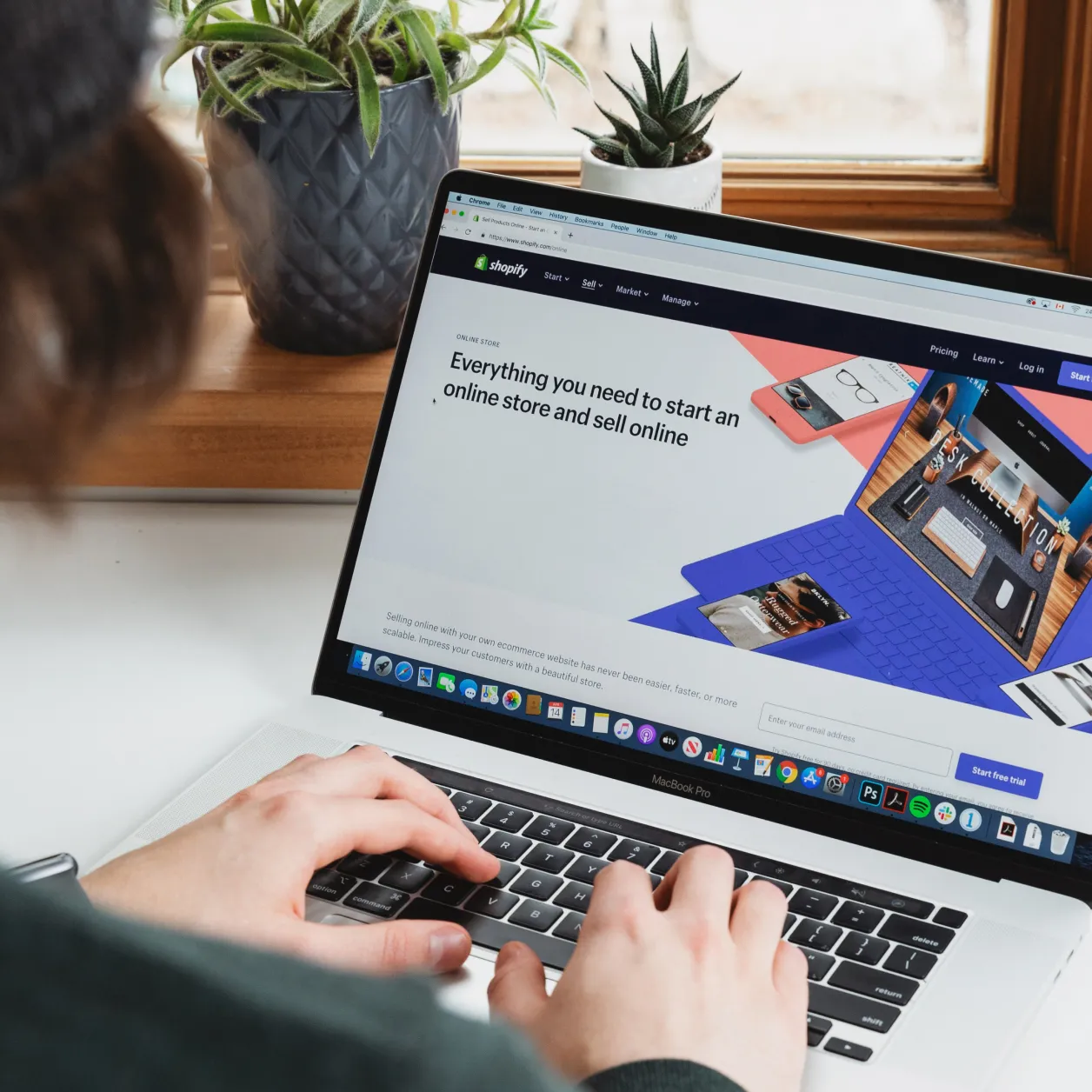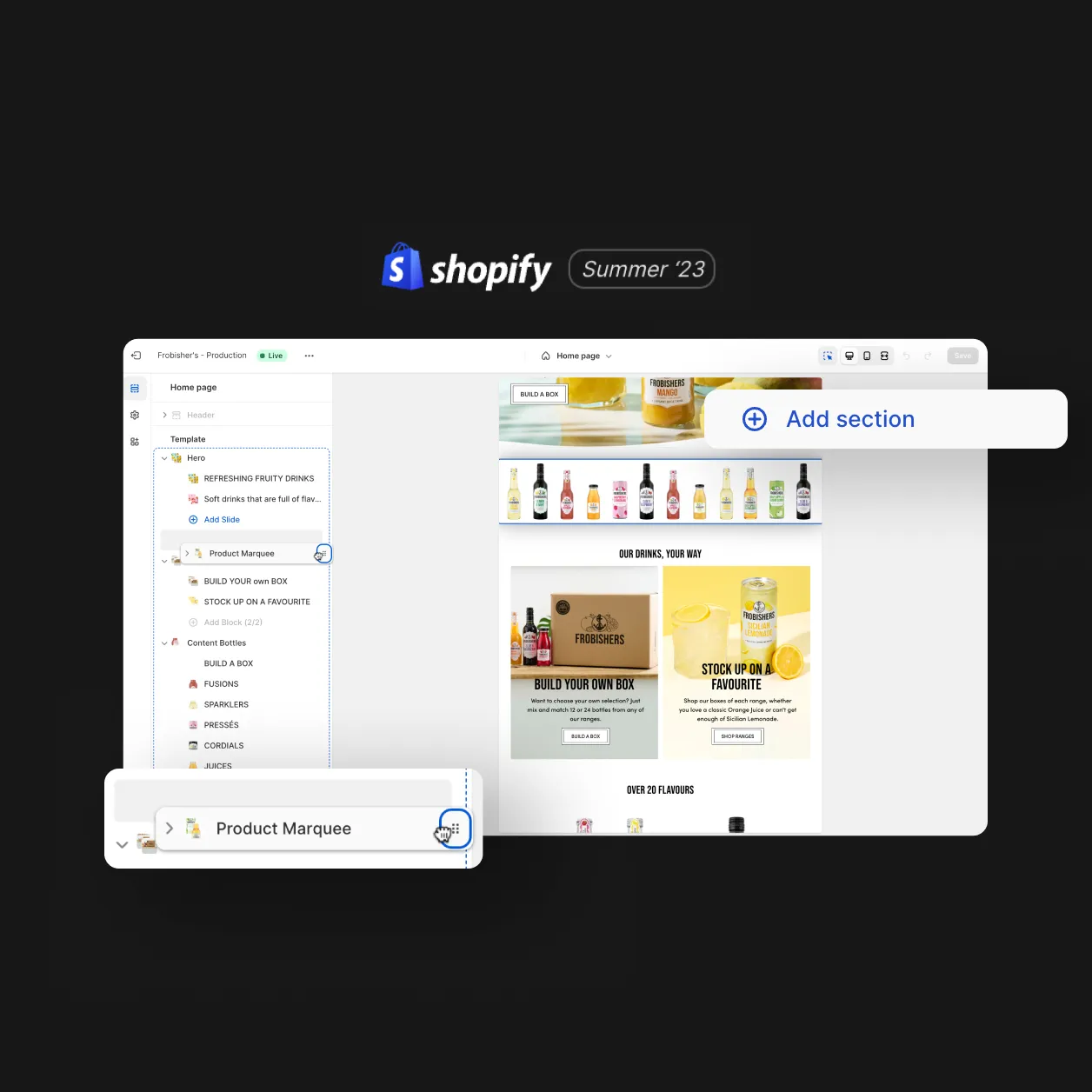
Amazon has made itself an invaluable feature of today’s lifestyle. Need something – anything – you can Amazon Prime it. But the convenience factor of this ecommerce behemoth comes at a price. That is, a hefty cut from your margin.
To compete against Amazon’s extreme convenience and competitive pricing, it can leave many companies scratching their head about the point of their own ecommerce website – an asset that adds significant expense, that a retailer could facilitate. This article outlines how you can compete with Amazon and why you absolutely still need your own D2C ecommerce website.
A brief overview of Amazon
Amazon has come a long way since starting as an online book store. It has consistently engineered a reputation of reliability and trust, becoming the ‘default’ for many online shoppers. According to Alexa.com (which was eventually bought by Amazon themselves) Amazon.com is the 14th most visited site on the internet. An average user on a given day spends nine minutes and 21 seconds on the site. Amazon quietly grew their advertising business 41% to a $4.8 billion entity in Q4 of 2019 – a business roughly as big as British Airways – largely by radically ramping up the amount of sponsored product views across their assets.
And that was all pre-pandemic. You only have to look at how many Amazon deliveries arrive on your street vs every other company to get an idea how much Covid-19 has impacted the largest online retailer in the country’s levels of demand.
So, if Amazon is the default option for your customers, you need to create compelling reasons for customers to buy directly from you – and that’s where we can help.
Why you should consider a D2C offering
Brand is everything
Some customers may buy a pair of TOZO T10 earbuds because Amazon’s algorithm pushes them the hardest, but many will actively seek out Bose or Airpods, because they know and trust the brand. Brand is what separates a commodity from a considered purchase that isn’t simply the cheapest.
It’s unlikely you’ll become Apple or Bose overnight but it has never been simpler or cheaper to communicate your brand, and gain some competitive advantage. Building a brand takes years but pushing forward the best elements of your brand on your website and your product attributes on others’ websites can take just a few hours.
Aligning values
If customers are aligned to the mission or specific values of your company, there’s a good chance they’ll buy from you rather than simply taking the default option of Amazon. Whether you simply donate to a cause, promise to lower carbon emissions or have an original employee policy. People like brands that do good for other people.
At a time when customers are more sensitive to how they spend their money, your values and initiatives may not only leave a positive impact on society, but help you stand out against the larger corporations.
Content control
While Amazon do invest a lot in content and advertising, few visit the site with any intent other than a transactional purchase. This is because they have successfully managed to always stay ‘front of mind’ with the consumer.
Being an authoritative content source within your own sector is an obvious way to bring in customers before they reach the final transaction stage.
Customer experience
The top three factors that contribute to Amazon’s success are their Logistics, Product SECTION, Price and Selection. While price and selection are different factors, the first two here are basically about guaranteeing smooth customer experience. If Amazon believe ‘customer experience’ is their #1 and #2 factor, and you wish to compete with them, it should at least be on your radar as a factor.
Data ownership
If you sell direct, you have control of your customer data. Insights into the purchasing habit, email info and direct communication.
How can you compete with Amazon?
Create a habit
Many of us buy from Amazon out of sheer habit. We’ve trained ourselves to check there first for any given product. It’s equally possible for other ecommerce companies to build in ‘habit’ elements. For example: ASOS grew to prominence based on the power of ‘new’ styles. Customers would check back every day to check out new launches.
Aside from ‘newness’, there are various ways to encourage the habit of visiting your website regularly, or visiting it first when a particular product jumps into your potential customer’s mind; putting some focus on this is likely to take some time, but likely to pay off. This could be done with engaging communication around the brand values, smooth subscription ecommerce or a direct rapport with your customer through social media.
Product exclusivity
Even if you sell via Amazon, there’s no need to put your entire catalogue on there. Even if you simply hold back new launches for a few days from Amazon, and factor that into your launch programs, to try and draw customers directly.
Convenience & locality
If you can build in convenience, or a tie to a reachable physical location, then you have an advantage Amazon does not. You can also provide unique features such as personalisation or highly customisable product configuration that will elevate the purchasing experience. We often create bespoke build-a-box solution with unique discounting or loyalty and reward schemes to help provide a reason to shop direct.
At a time when so many of us are spending more online, and where Amazon is the dominant business in most categories, thinking through some of the above may only take a few hours and may reap reward that compounds over months and years.
Design
Inspiring behaviour change through visual experiences. Our digital design services ensure instant clarity and visuals that cut-through in a cluttered market.




